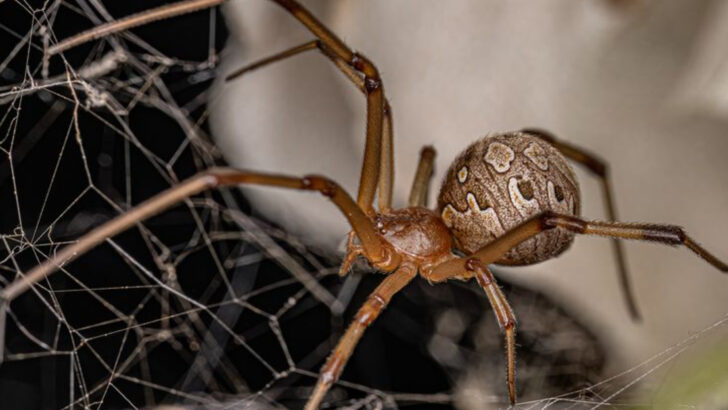Not every spider is out to get you—but a few absolutely can ruin your day.
We’ve all felt it—that sudden jolt when something with too many legs scurries across the floor.
Cue the panic. Grab the shoe. Call the exterminator.
But here’s the twist: most of America’s so-called “deadliest” spiders aren’t looking for a fight.
Out of the 13 that make people squirm, only 5 are known to cause real trouble. The rest? Creepy, sure—but mostly harmless background players in nature’s drama.
These spiders live quietly in corners, under leaves, and in shadows, playing important roles while dodging our fear-fueled assumptions.
Still, a few are the real deal—and getting too close might leave you itching, aching, or worse.
So let’s separate the fact from the fear.
Here are America’s 13 “deadliest” spiders—and why most are just misunderstood roommates with extra legs.
Black Widow Spider
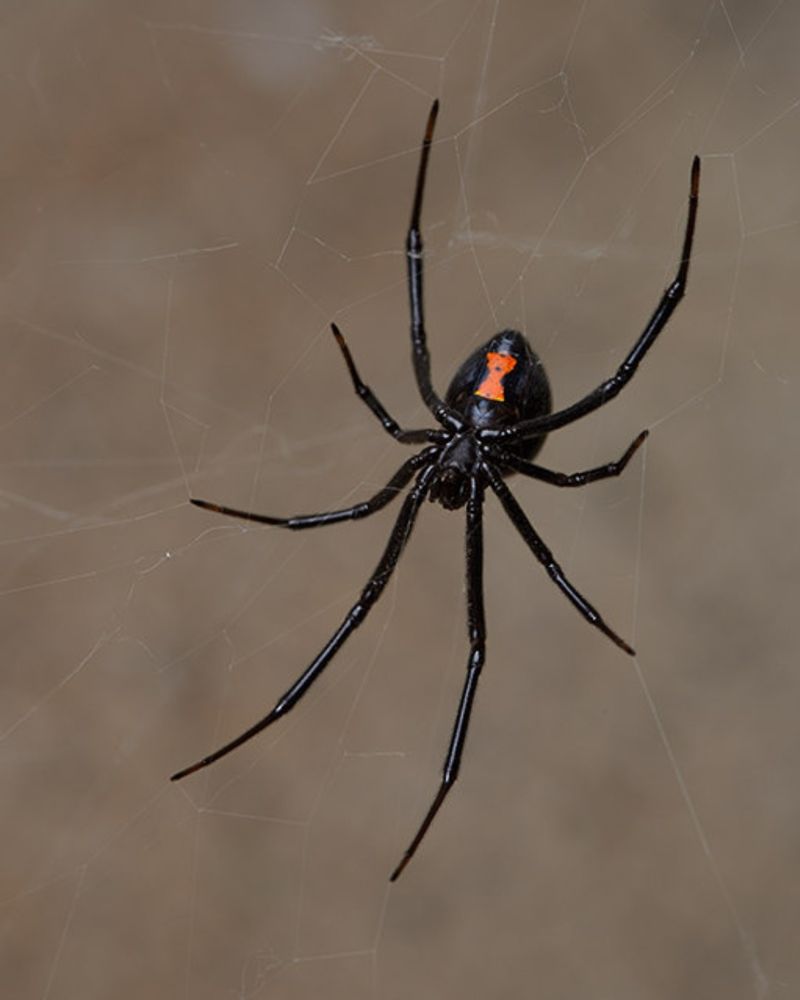
Often feared, the black widow spider is known for its glossy black body and striking red hourglass on its abdomen. Found throughout North America, this arachnid’s venom is potent, but bites are rarely fatal.
Their shy nature means black widows usually bite only when disturbed. While their venom can cause muscle pain and cramping, medical attention often leads to full recovery.
Interestingly, these spiders prefer to retreat rather than attack, making their dangerous reputation somewhat exaggerated. Known for their intricate web design, black widows play a vital role in controlling insect populations.
Brown Recluse Spider
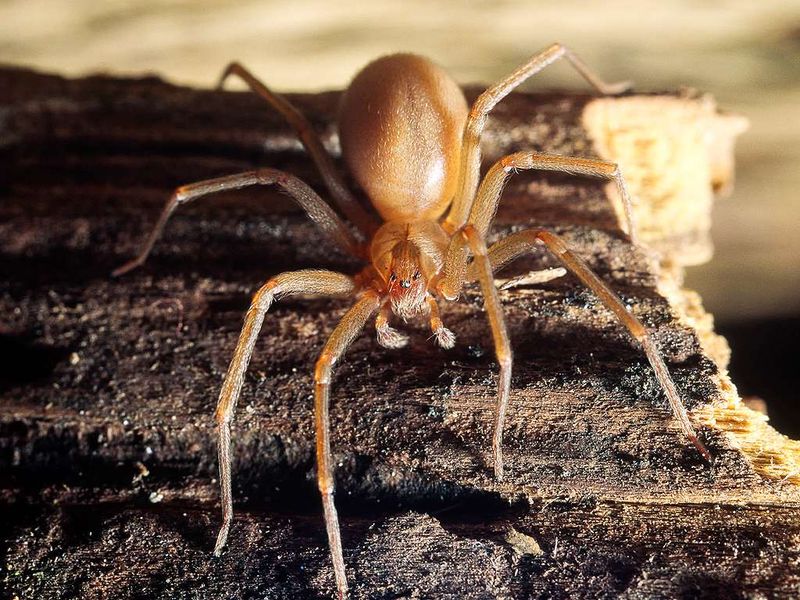
The brown recluse, with its violin-shaped marking, is a spider that evokes caution. Native to the United States, it hides in dark, secluded places like basements and closets.
Its bite can lead to necrotic skin lesions, a result of its hemotoxic venom. However, most bites are not deadly and heal with medical care.
Brown recluses rarely bite humans and are more interested in avoiding confrontation. Their secretive nature often leads to exaggerated tales of danger, yet they contribute to pest control in their hidden domains.
Wolf Spider
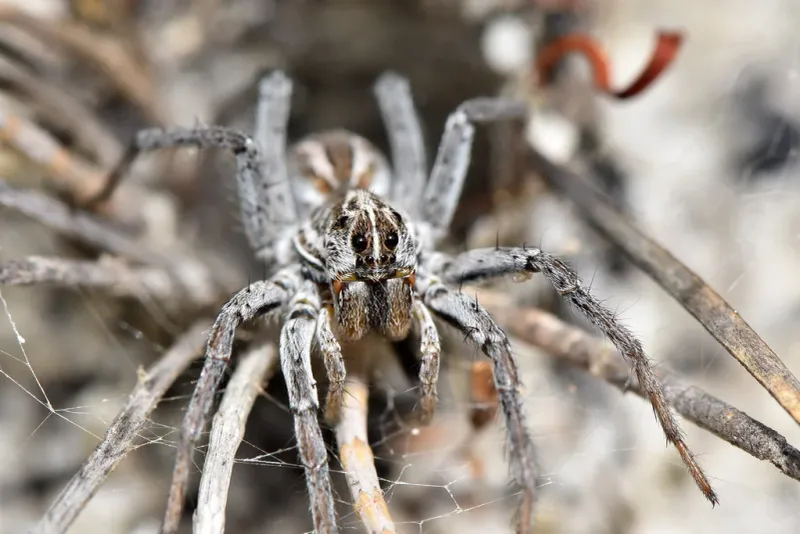
Stalking silently like a lone hunter, the wolf spider doesn’t weave webs to catch prey. Instead, it chases down insects with remarkable speed and agility.
Despite their intimidating appearance and size, wolf spiders are mostly harmless to humans. Their bite may cause mild irritation, akin to a bee sting.
Widely spread across various environments, they are beneficial predators, keeping insect populations in check. Often mistaken for more dangerous species, wolf spiders are integral to maintaining ecological balance in their habitats.
Hobo Spider
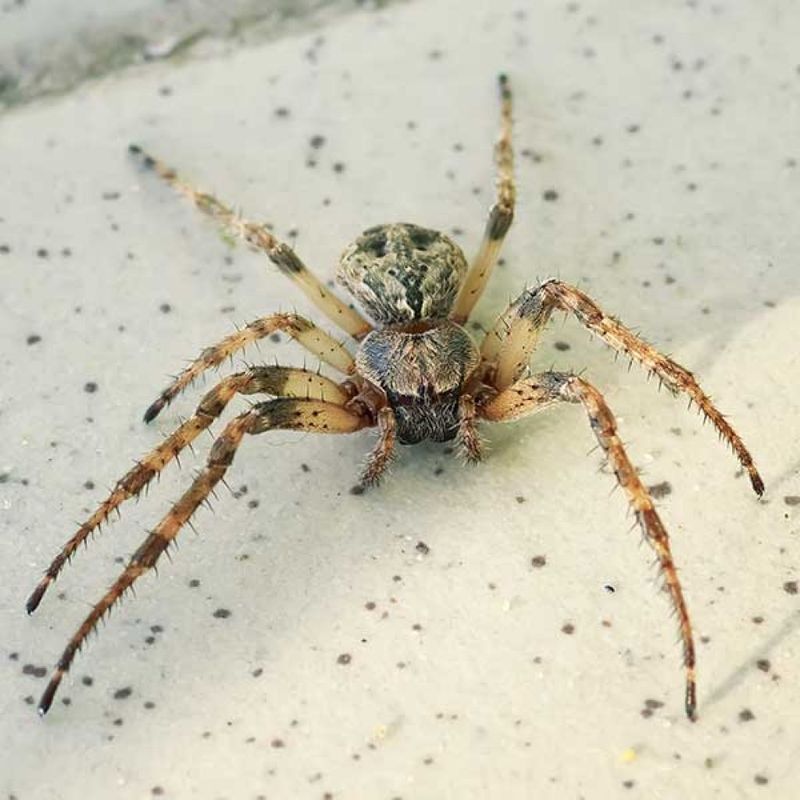
Once feared as a dangerous intruder, the hobo spider’s bite is now considered less threatening. Found in the Pacific Northwest, these spiders inhabit gardens and woodpiles.
Myth surrounds their venom, once thought to cause necrotic lesions. However, modern studies debunk this, showing minimal harmful effects.
Hobo spiders are shy and quick to flee, preferring peaceful coexistence with humans. Their presence in urban areas highlights their adaptability, yet their impact on human health remains nearly benign. They serve a purpose in managing insect populations around homes.
Yellow Sac Spider

The yellow sac spider, with its pale hue, roams gardens and homes in search of prey. Its venom can cause localized skin irritation, similar to a mild bee sting.
Preferring to hunt at night, this spider weaves small silk sacs where it shelters during the day. While their bites may cause discomfort, they rarely lead to severe reactions.
Misunderstood as aggressive, yellow sac spiders actually seek solitude, playing a small yet crucial role in controlling pest populations. Their appearance in gardens is often a sign of a healthy, balanced ecosystem.
Tarantula
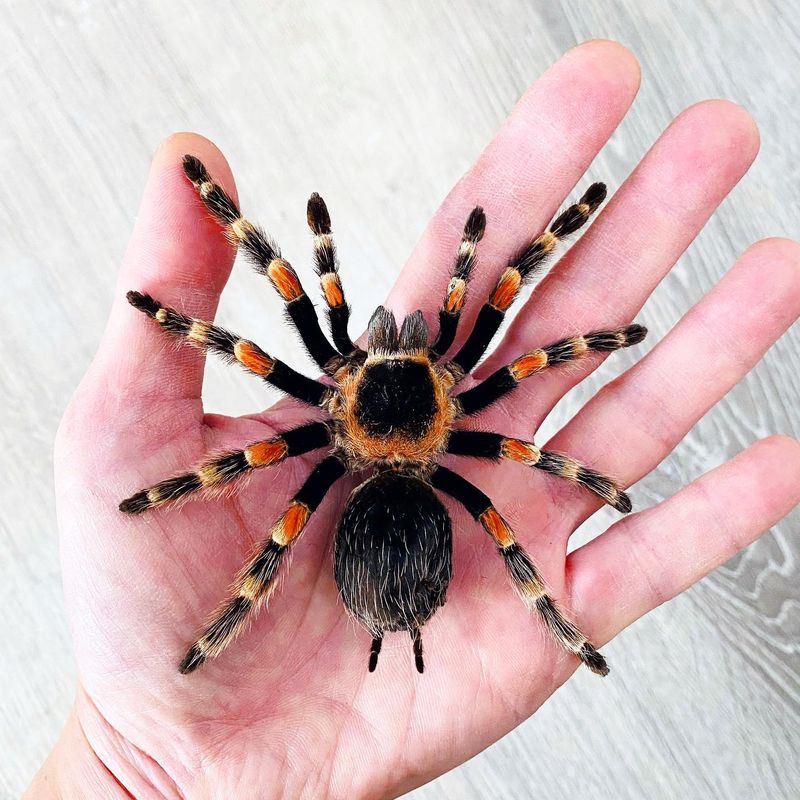
With a reputation for fearsome size, tarantulas inspire both awe and anxiety. Despite their appearance, these gentle giants are non-aggressive and rarely bite humans.
Native to the southwestern United States, tarantulas serve as pest controllers, preying on insects and small rodents. Their bites, though painful, are not deadly and often compared to a bee sting.
Fascinatingly, tarantulas can live for decades, molting their exoskeletons as they grow. Their role in the ecosystem is invaluable, balancing populations of smaller creatures and teaching us not to judge by appearance alone.
Jumping Spider
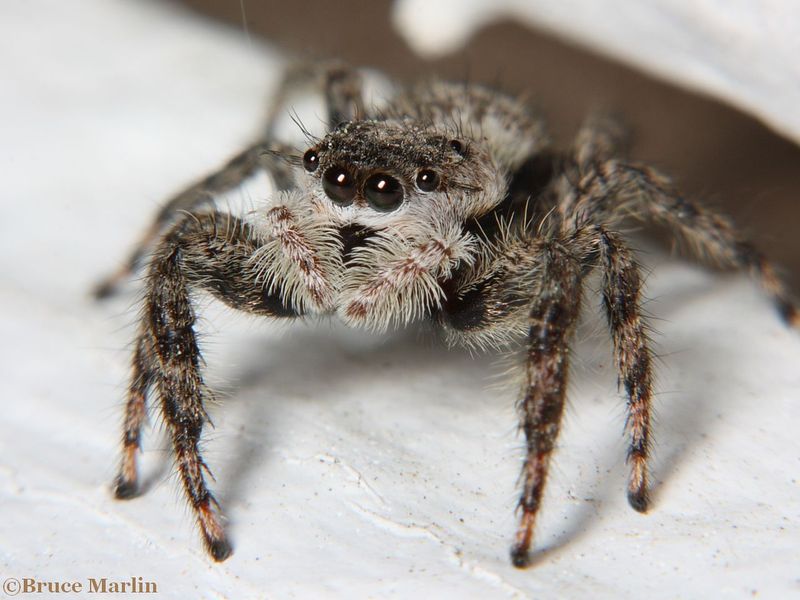
Known for their vivid colors and acrobatic leaps, jumping spiders are nature’s tiny gymnasts. Their curious demeanor and excellent vision make them skilled hunters.
They pose no threat to humans, as their bites are rare and harmless. Jumping spiders are more likely to retreat than attack, preferring to explore their surroundings.
Unique among spiders, their courtship dance is a spectacle of color and movement, attracting mates with vibrant displays. These tiny arachnids remind us of nature’s diversity, captivating us with their playful antics and beneficial role in pest control.
Orb Weaver Spider
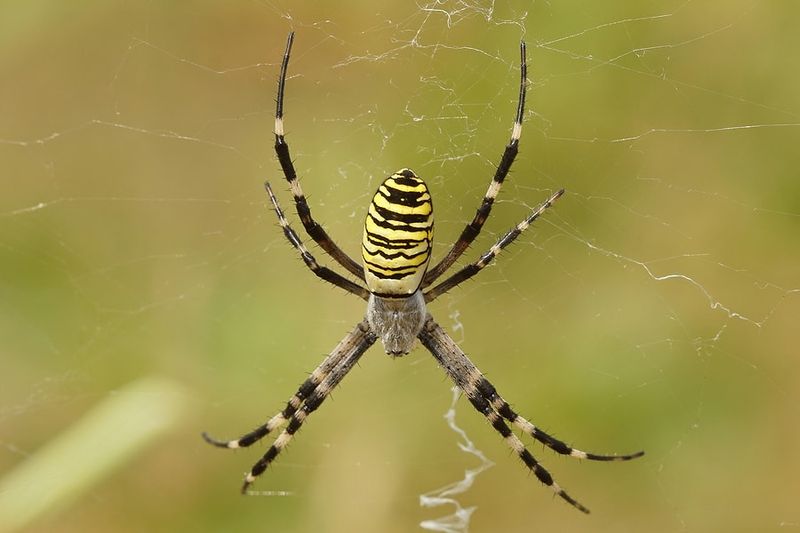
Crafting some of the most intricate webs, orb weavers are artists of the arachnid world. Their circular webs are marvels of engineering, capturing insects with precision.
Despite their size and sometimes eerie appearance, orb weavers are harmless to humans. They contribute to the control of insect populations, maintaining ecological balance.
Found in gardens and forests, these spiders are often nocturnal, repairing and spinning webs anew each night. Their creative web designs inspire awe, showcasing the delicate artistry of nature’s builders and their essential ecological role.
Garden Spider
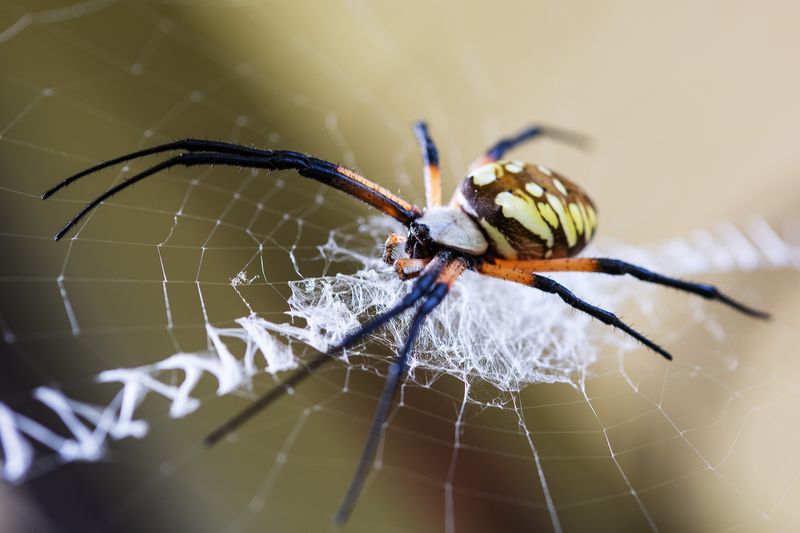
Garden spiders, with their striking yellow and black markings, are a common sight in backyards. These spiders weave large, wheel-shaped webs that glisten in the sun.
Harmless to humans, garden spiders are beneficial allies in pest control, capturing flies and other insects. Their calm disposition makes them unlikely to bite unless provoked.
Their webs, often decorated with a distinctive zigzag pattern, are both functional and artistic. Garden spiders demonstrate the beauty and utility of arachnids, reminding us of the gentle and crucial role they play in our gardens.
Fishing Spider
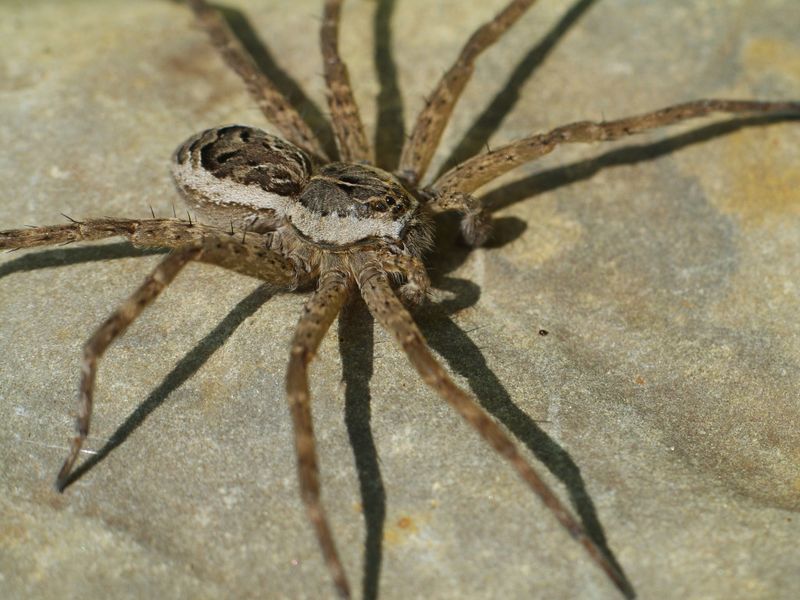
By the water’s edge, the fishing spider awaits its prey. With the ability to walk on water, these spiders capture small aquatic creatures with deft precision.
Their appearance is daunting, yet they pose little threat to humans. Bites are rare and typically no more severe than a mosquito bite.
Fishing spiders contribute to controlling mosquito populations, making them beneficial in many ecosystems. Their unique hunting style is a testament to the adaptability and resourcefulness of spiders, showcasing their role as both predators and protectors in their habitats.
Crab Spider
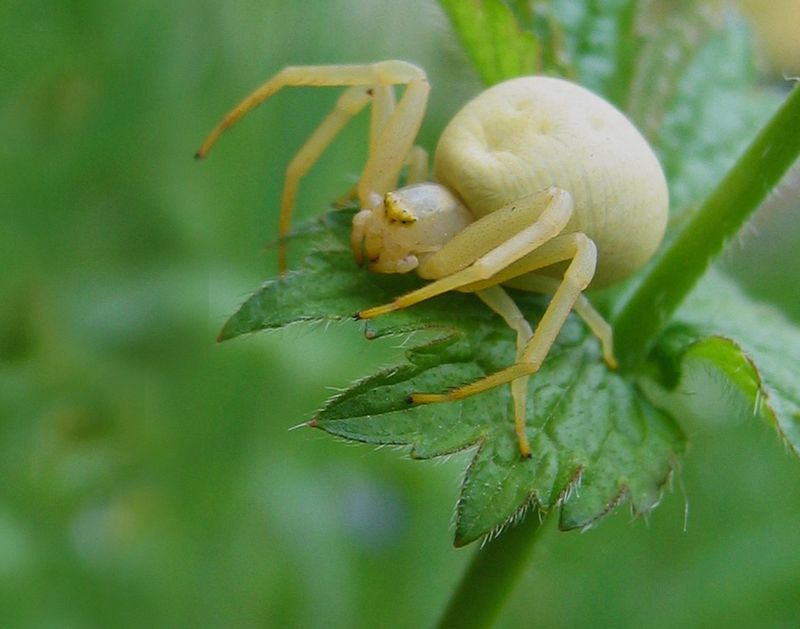
Masters of disguise, crab spiders blend seamlessly into their surroundings. Their crab-like stance allows them to ambush prey with surprising efficiency.
Found on flowers, these spiders have adapted to change colors, making them both fascinating and effective hunters. They pose no danger to humans, as their bites are rare and harmless.
Crab spiders demonstrate nature’s ingenuity, with their ability to blend into the environment and manipulate their prey’s unsuspecting behavior. Their presence in gardens adds to the rich tapestry of life, reminding us of the interconnectedness of all species.
Cellar Spider
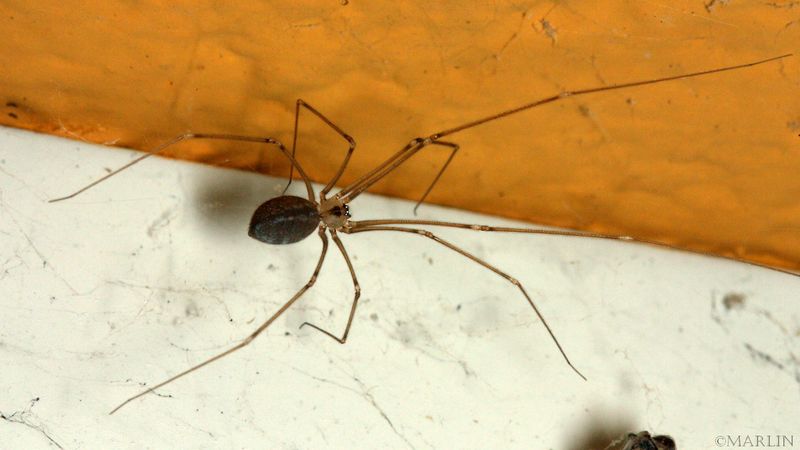
With their long, delicate legs, cellar spiders are a familiar sight in basements and dark corners. Often mistaken for more dangerous species, they are harmless to humans.
These spiders are known for their ability to vibrate rapidly in their webs, a defense mechanism to confuse predators. Despite their spooky reputation, they help control unwanted pests.
Their webs, though messy, serve a purpose in capturing various insects. Cellar spiders are a reminder that appearances can be deceiving, as they quietly play their part in maintaining ecological balance within homes.
Mouse Spider
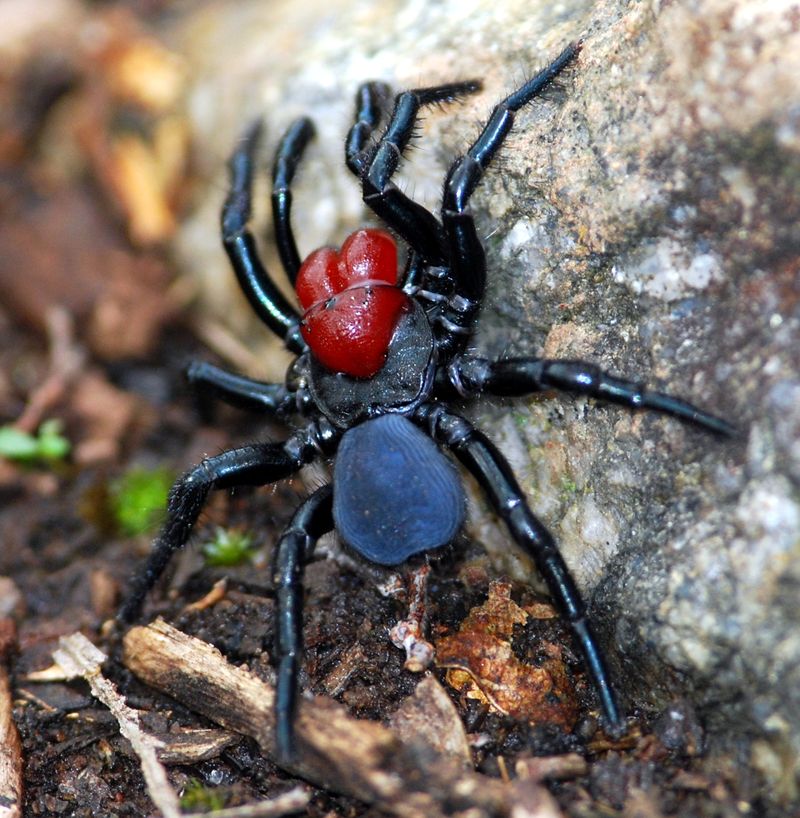
Named for their furry appearance, mouse spiders are robust and deceptively formidable. Found in Australia and North America, they dwell in burrows, emerging to hunt.
While their venom is potent, bites to humans are rare and treatable. Their imposing stance is usually a bluff rather than a threat.
These spiders are more interested in insects than encounters with people. Mouse spiders remind us of nature’s balance, where even the most intimidating creatures have their place in the ecosystem, keeping insect populations in check and contributing to biodiversity.
Black House Spider
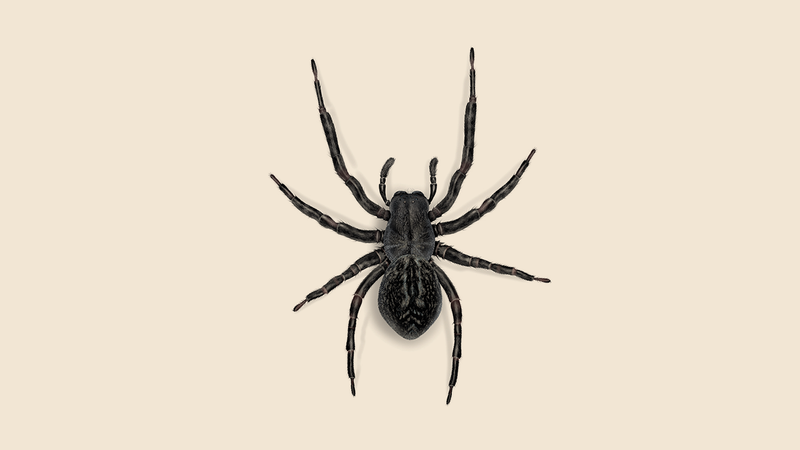
The black house spider, with its dense web and dark coloring, is a common resident of human homes. Known for their hidden retreats, they prefer undisturbed corners.
Their bites can be painful but are not dangerous, often compared to the sensation of a wasp sting. These spiders help control household insects, contributing to a balanced environment.
Despite their ominous name, black house spiders are non-aggressive and beneficial tenants. They coexist quietly with humans, demonstrating how nature’s creatures can share space harmoniously with us, even within the confines of our homes.
Trapdoor Spider

Hidden beneath the earth, trapdoor spiders await unsuspecting prey. Their burrows, capped with camouflaged doors, are engineering marvels.
Though they appear menacing, trapdoor spiders are shy and rarely seen by humans. Their bites are not harmful, with effects similar to a bee sting.
These solitary hunters play a crucial role in controlling insect populations underground. Their unique lifestyle and ingenious adaptations showcase the diversity of the arachnid world, reminding us of the unseen wonders beneath our feet and the importance of every creature in the ecosystem.
Spiny Orb-Weaver Spider

With a shell adorned with spikes, the spiny orb-weaver is a visual spectacle. These spiders build intricate webs, often in gardens and wooded areas.
Despite their unusual appearance, they are harmless to humans. Spiny orb-weavers contribute significantly to pest control, capturing a variety of insects.
Their distinctive look serves as a natural deterrent to predators, highlighting nature’s creativity in survival strategies. These spiders are a testament to the incredible diversity of life, offering both beauty and function through their presence in gardens and forests.
Green Lynx Spider
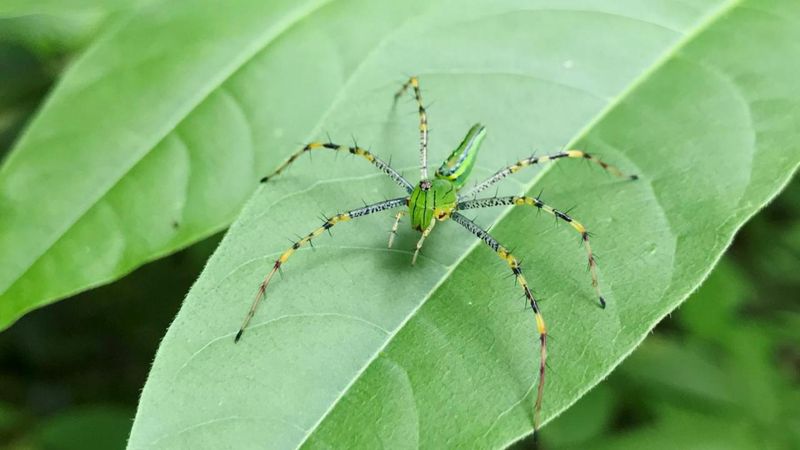
In gardens and green spaces across America, the Green Lynx Spider stands as a vibrant sentinel. This bright green arachnid is renowned for its agility and hunting prowess, capturing insects with remarkable speed. Its presence is a boon to gardeners as it helps control pest populations.
The Green Lynx Spider is harmless to humans, and its bite, while rare, causes only mild irritation. Its role in the ecosystem is invaluable, showcasing how even the most unassuming spiders contribute to the natural balance.
Did you know? The Green Lynx Spider can change its color slightly to blend in with its surroundings, offering it an advantage as both predator and prey in its leafy domain.
Brown Widow Spider
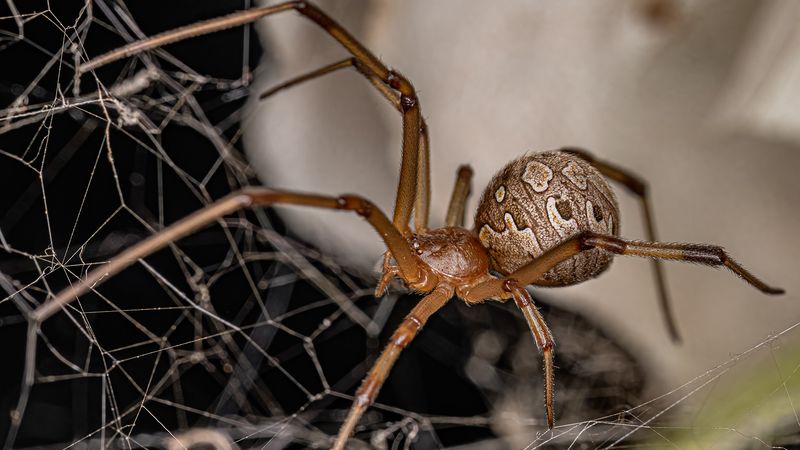
The Brown Widow Spider, with its understated beauty, often hides in plain sight. This arachnid is usually found in secluded, man-made structures, spinning webs in corners or under furniture. Unlike its more infamous cousin, the Black Widow, this spider is less aggressive but still packs a punch.
Although the venom of the Brown Widow is potent, its bite delivers less venom compared to the Black Widow. Most encounters result in mild symptoms, making it a venomous yet relatively harmless species for humans. However, its presence can be alarming, especially when inadvertently disturbed.
Did you know? The Brown Widow is sometimes considered a “shy” spider, preferring to retreat rather than confront. Its unique web and egg sacs, resembling spiky little balls, are often the only hints of its presence in your home.

